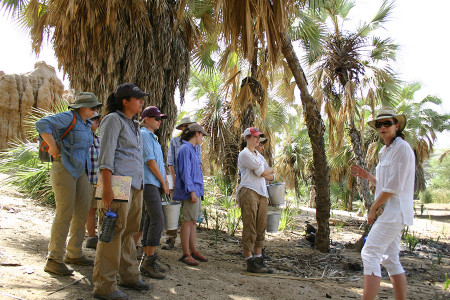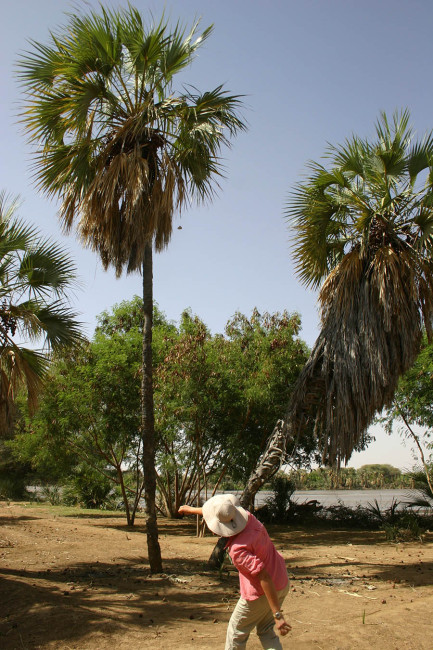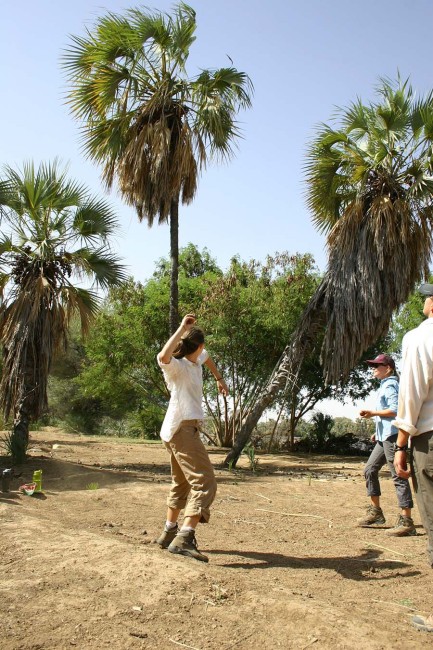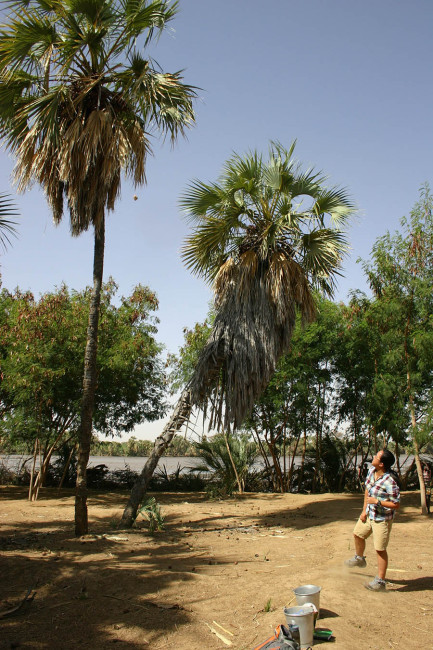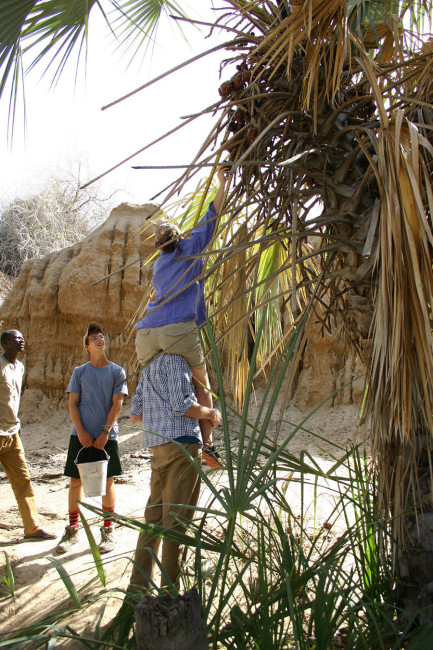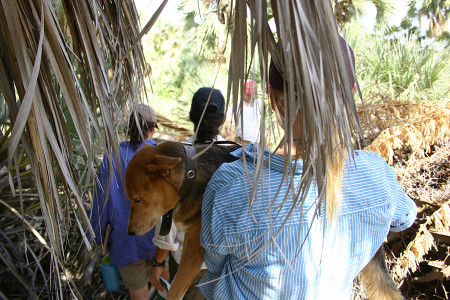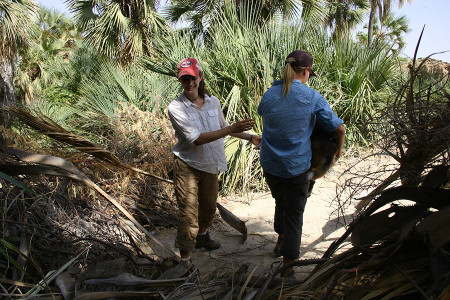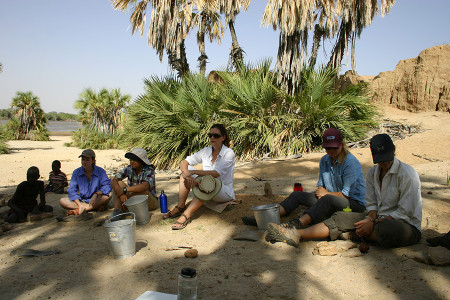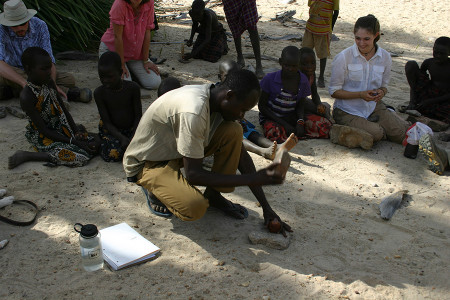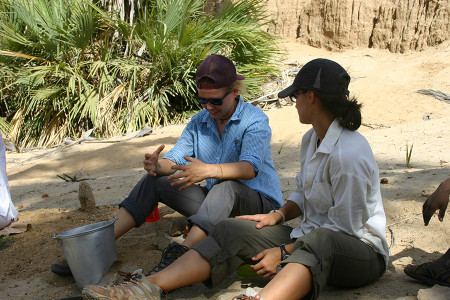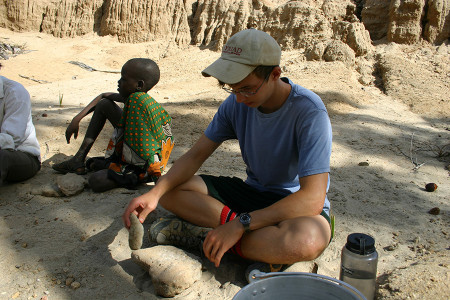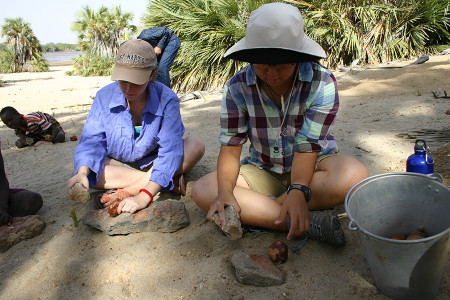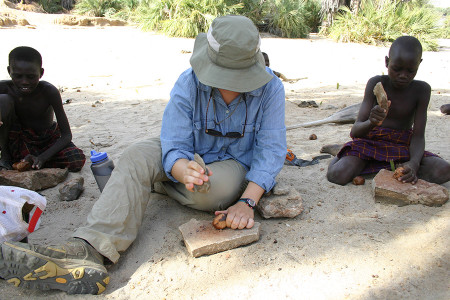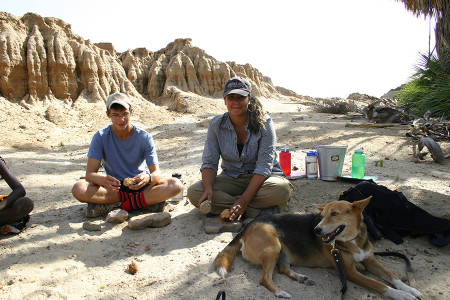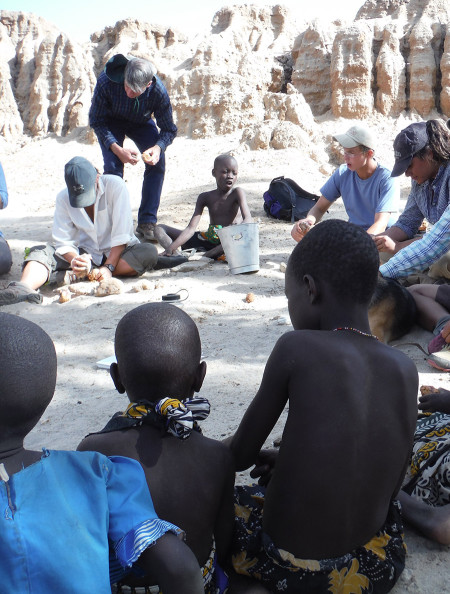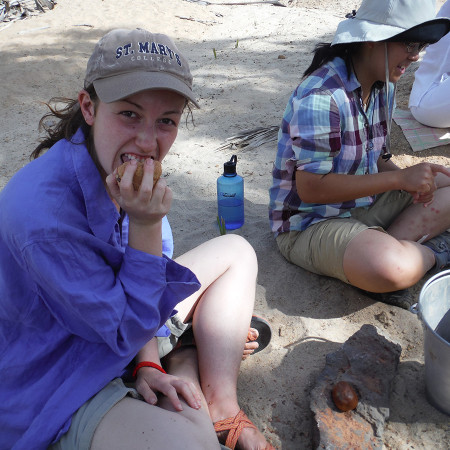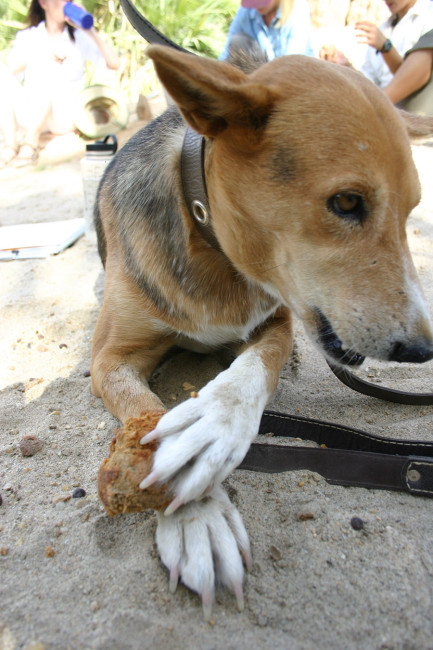In the study of archaeology, interpreting the behavior and lives of early humans and their ancestors is based on an examination of material they left behind. Guiding the TBI students in their learning this module is Dr. Sonia Harmand, an experienced field archaeologist with expertise on early stone tools. But why would anyone study stone tools and what can it tell us about our ancestors? In this module we will learn how early humans and hominids use stone tools, how these tools can indicate their interactions with their environment. Not only do hominin fossils show evidence of evolution and anatomical changes, a study of stone tools reveal the changes in dexterity and the evolution of mental skills and activities that would result in a change in technology and other innovations.
We began the module by recognizing the difference between tool using and tool making. There are several species of modern primates that use tools, however, none make stone tools (on their own without human influence). One example of tool users are capuchin monkeys. These type of monkeys routinely use tools. In the wild, capuchin monkeys will transport both their nut and a hammerstone to an immobile anvil and use a throwing technique to crack open their food. They are not taught this technique. Knowledge is transmitted by observation from one generation to the next. Here’s a YouTube link of a capuchin monkey at work.
https://www.youtube.com/watch?v=_MgHBvp1uwk
We put “primitive” stone tool use to the test. First, we visited nearby doum palm trees in an attempt to obtain food. Our prize was a reddish fruit called the doum nut. It is kind of like granola and gingerbread.

